
Editor’s Note: We share travel destinations, products and activities we recommend. If you make a purchase using a link on our site, we may earn a commission.
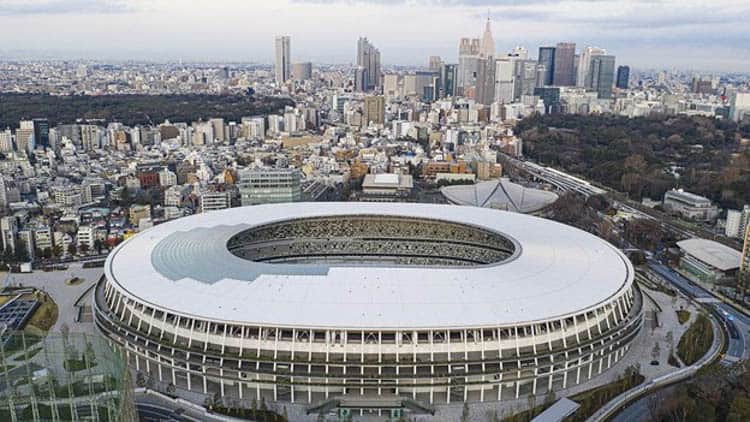
2020 Summer Olympics in Tokyo kick off July 23, 2021, a year late, thanks to the COVID pandemic.
The Tokyo 2020 Summer Olympics are finally starting – in 2021. The July 23-Aug. 8 games were postponed a year due to the COVID-19 pandemic and will be held without spectators. They will be followed by the Paralympic Games Aug. 24-Sept. 5.
The opening ceremony will take place from 8 to 11:30 p.m. (Tokyo time) on July 23. Events will be broadcast on television and also live-streamed. The international audience will see the newly erected, third-generation Japan National Stadium as the venue for the ceremony.
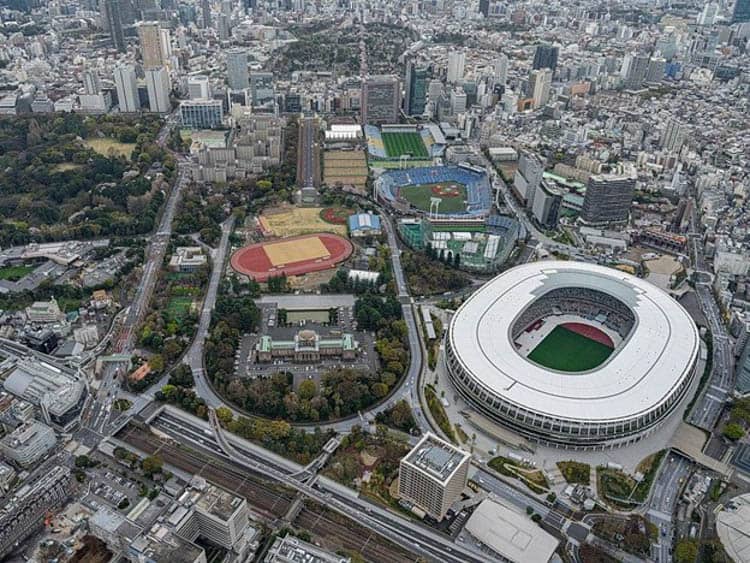
Tokyo Olympics in 1964
Tokyo hosted the first Olympic Games in 1964. The former (second-generation) National Stadium, built in 1958, was then renovated and took the central role of the Olympics.
In those days, Japanese people jubilantly congratulated themselves on the recovery and reconstruction from the damage of WWII.
The first Shinkansen bullet trains, for example, opened to traffic from Tokyo to Osaka following the Olympic Games; and the former (second-generation) National Stadium was also newly erected in 1958 and renovated in 1962 for hosting the international athletic event.

The Original Japan National Stadium
After the first Olympic Games in Tokyo, even in Asia, the stadium became a legacy, but most young Japanese people know nothing about the original (first-generation) National Stadium that appeared in 1924, the year after the historic Great Kanto earthquake hit Tokyo.
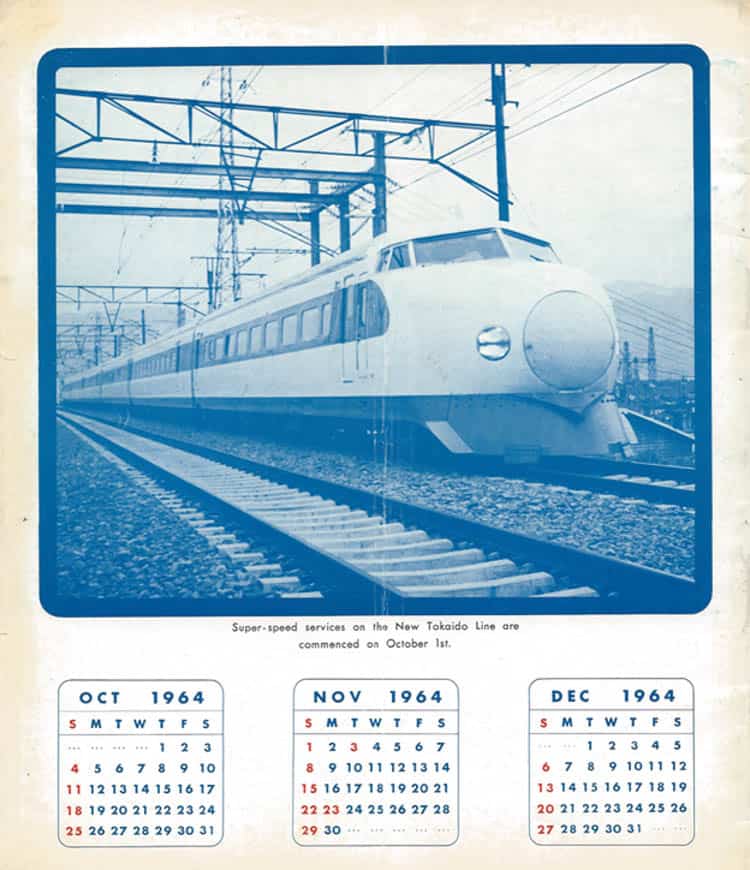
It was built in the same place where the newly erected stadium stands now. The site was originally a part of the Aoyama Parade Ground for the Imperial Japanese Army and was turned into the outer garden of the Meiji Jingu Shrine, built in 1920, for the deceased Emperor.
In a part of the outer garden, the first-generation National Stadium emerged and became the first full-scale athletics stadium in the Asian countries.
The stadium hosted various sporting events, such as football and rugby matches and track and field events. However, the Imperial Japanese Army requisitioned it and held a ceremony to send off young students to the front of WWII.
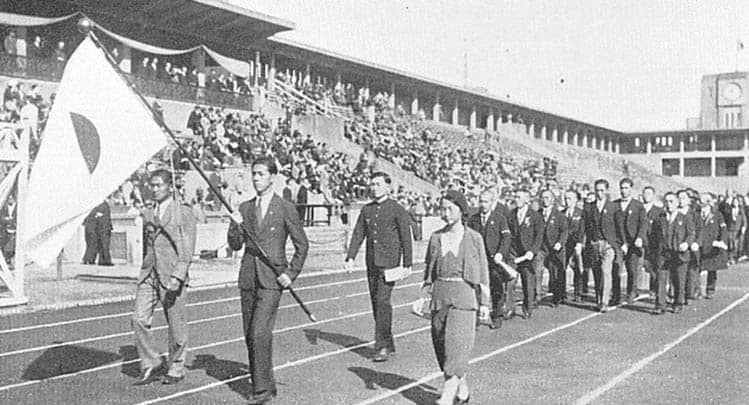
In the closing stage of the war, Tokyo was air-raided. The stadium itself was bombed heavily because the Imperial Japanese Army still exploited the site as an associated facility.
Despite the intense aerial bombing, the stadium survived because the General Headquarters of the Allied Forces had a plan to requisition the stadium as a recreational facility. The American Occupation changed its name to “Nike Kinnick Stadium.”
A few years had passed. The Japanese began to dream that Japan should be a venue of the Olympic Games for the first time in the Asian countries to show its new peaceful change.
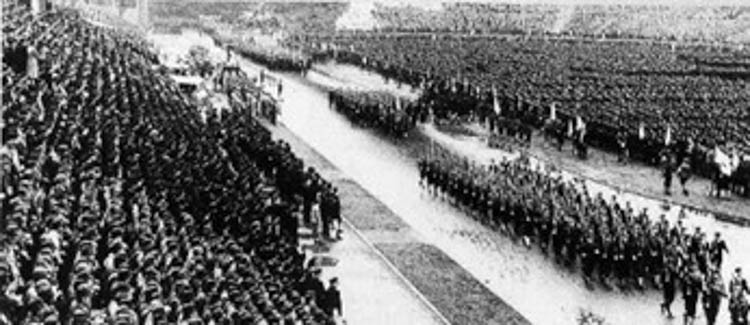
Building of the New Japan National Stadium
The U.S.-led occupation of Japan ended in 1952. Japan started construction of the new stadium in 1957 as pump-priming for the Olympics and it was completed in 1958.
The first Olympics Games in Tokyo were held in 1964, and the second-generation stadium performed as the main venue.
Half a century has passed since the international sports event, and people have also witnessed enormous amounts of impressive moments and dramas in the stadium.
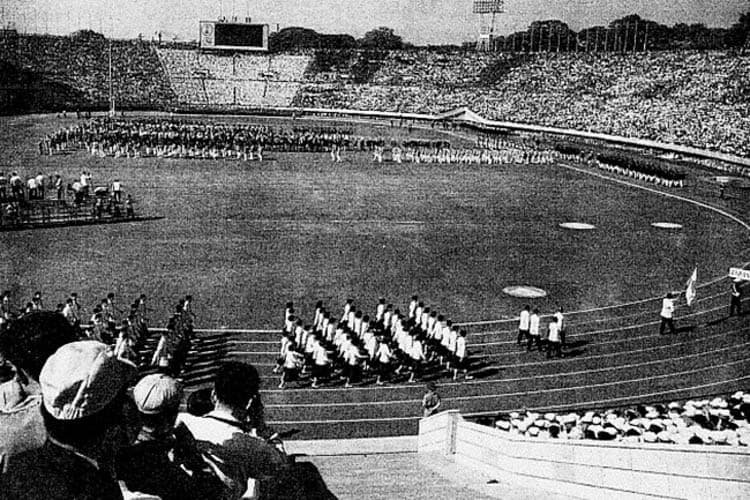
Now the newly erected third-generation stadium stands on the very same site. The architect is Kengo Kuma, who has designed various buildings and plants overseas such as Portland Japanese Garden in the U.S., V&A Dundee in Scotland and the Exchange in Australia.
The design was inspired by the five-story pagoda of the Horyuji Temple in Kyoto, a World Heritage Site. Kuma got domestic lumber from all prefectures of Japan and used an enormous amount of it with steel frame and concrete for making wooden lattice to add a nice touch to a 68,000-seat stadium, which has two underground floors and five floors above.
The stadium is ready to become a stage of arousing enthusiasm for the entire world.
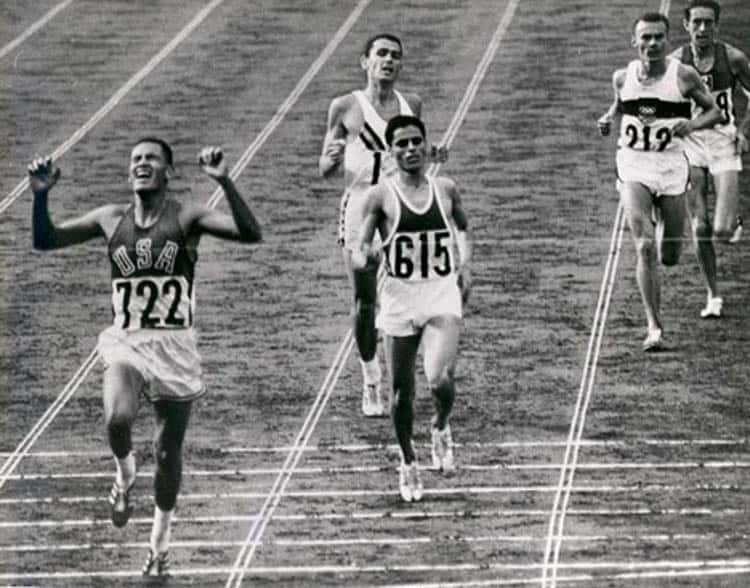
If You Go
The Japan National Stadium stands within walking distance from JR Shinanomachi Station, JR Sendagaya Station, Aoyama-itchome Station on the Tokyo Metro Line, or Toei Oedo Line.
If you feel like it, you can walk from Shinjuku Station, the biggest station in Japan, or Harajuku Station, a center of Japanese youth culture and fashion. After the Olympics and the pandemic, visit the stadium to enjoy a nice walk from the stations.
Find hotel or VRBO reservations nearby, insider tips on the best sights, local restaurants to check out and more through TripAdvisor and Travelocity. Then you can get the best deals on transportation in Tokyo through Omio.
Author Bio: Masayoshi Sakamoto(坂本正敬)is a Japanese writer, translator and editor based in Toyama, Japan. He writes news and columns for several publications and web magazines. He’s also the editor-in-chief of a regional web magazine, HOKUROKU, and a newsletter.
